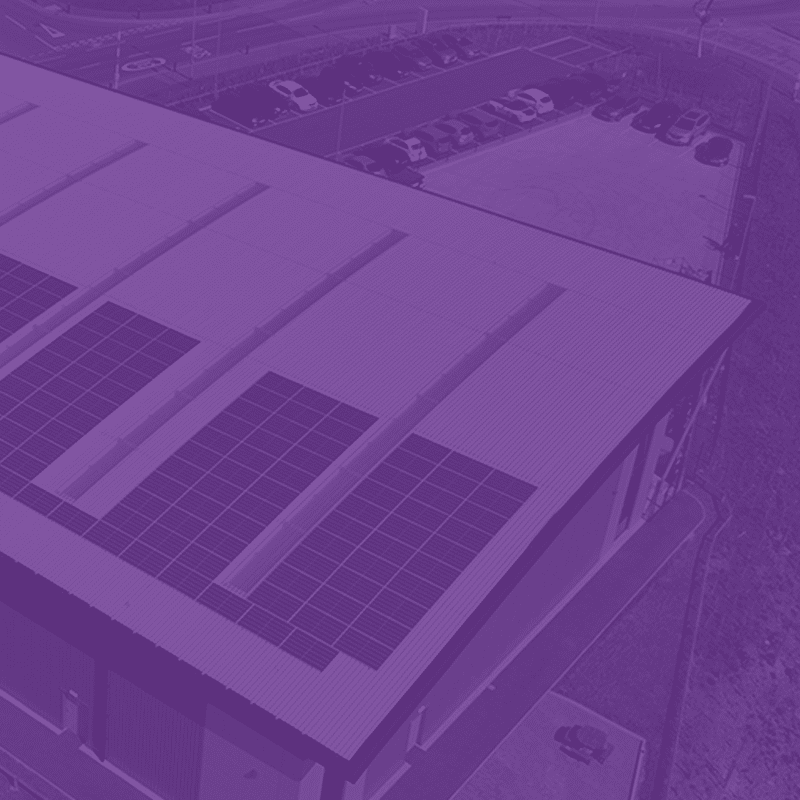Over the past decade, the concrete industry has made significant progress in ensuring that its approach to Environmental, Social and Governance (ESG) is comprehensive and robust, especially in the pursuit of carbon net zero. In short, the industry is taking great steps to become as sustainable as possible, whilst remaining competitive.
ConSpare has great expertise in both concrete batching plant equipment and the production process, and we believe these levers can be utilised to make significant improvements to the sustainability of operations for concrete producers. Simply put, plant improvements can reduce the environmental impact of plants and improve the lives of the employees working on them.




